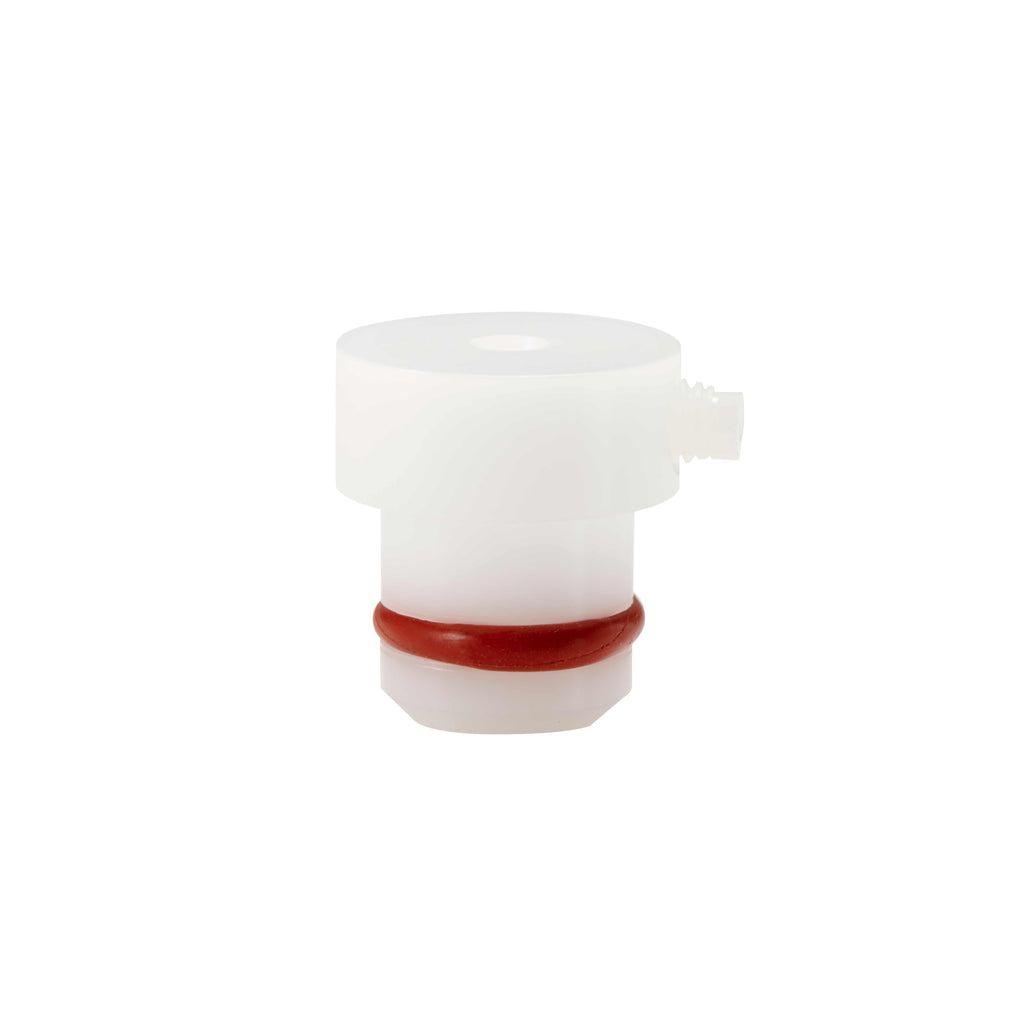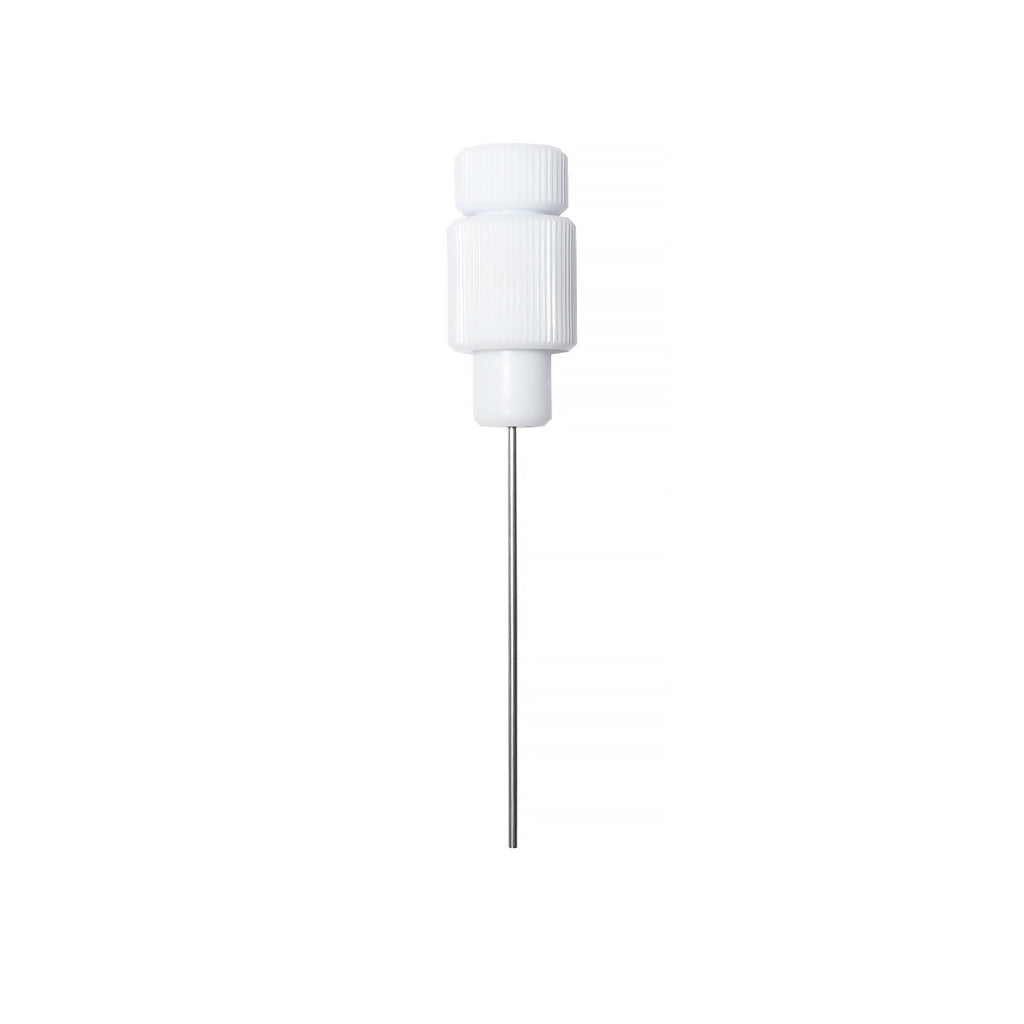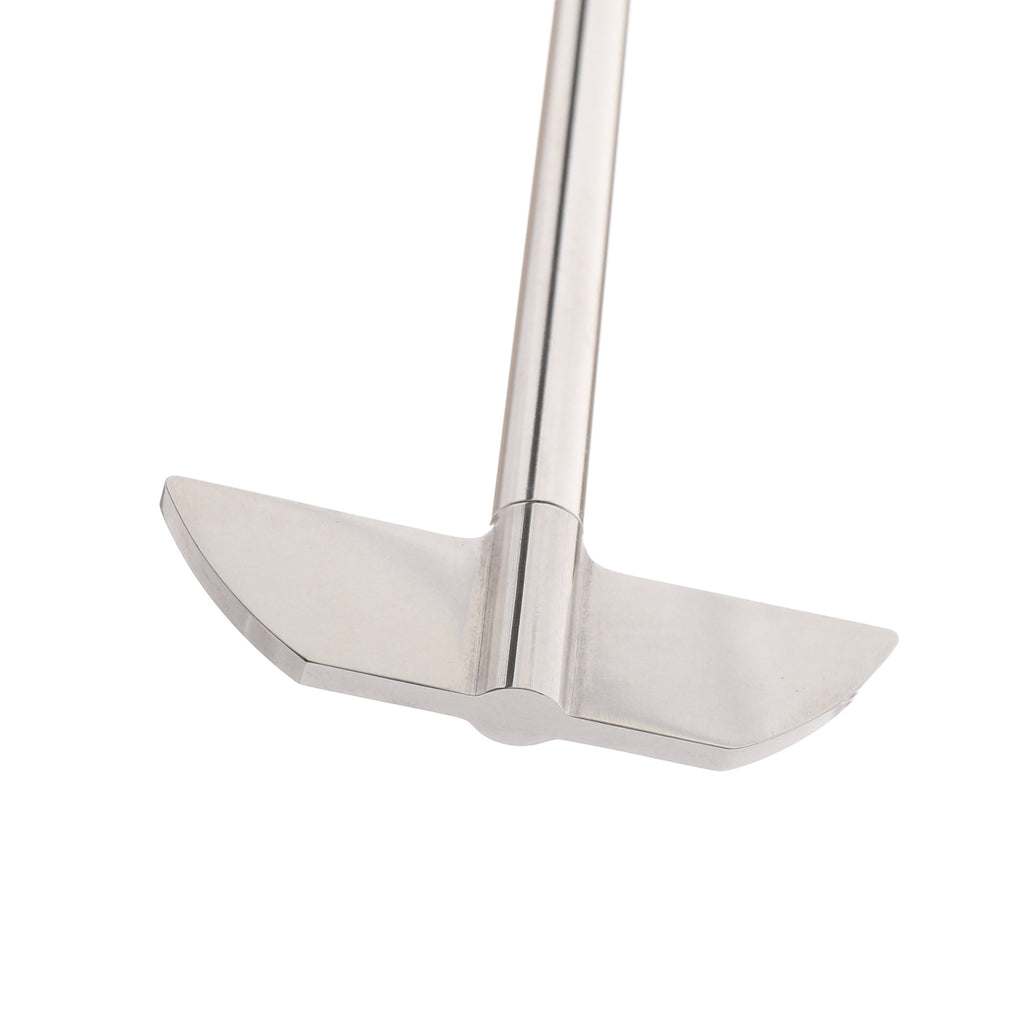News — Cannula
Why should I use a Cannula Stopper for Manual Sampling?
Posted by Pam Bialiy on

The following article has been authored by John Heaney. While automation is prevalent with dissolution testing, manual testing can and still should be done in certain circumstances. This can be when automation is too expensive, when the method is being developed and a certain amount of flexibility is needed, or when sample times are too short to be completed by automated systems. Manual sampling does offer significant flexibility but it also has some factors that need to be considered to ensure consistency. Sampling height is clearly defined in USP <711> as half-way between the top of the apparatus, be it...
Hydrodynamic Effects of Resident vs Manual Probes/Cannula
Posted by Pam Bialiy on

The following article has been authored by John Heaney. Does the presence of a resident sampling probe affect the hydrodynamics of a dissolution vessel? Yes, yes it does. The more important questions are how strong is the change in the hydrodynamics and is it strong enough to affect testing? USP <1092>, an advisory chapter addresses this directly with: Sampling probes may or may not remain in the vessel throughout the entire run. Sampling probes or fiber-optic probes can disturb the hydrodynamics of the vessel; therefore, adequate validation should be performed to ensure that the probes are not causing a significant...
Cleaning Stainless Steel
Posted by Pam Bialiy on

The following article has been authored by John Heaney. Dissolution components are often made of 316 Stainless Steel (316 SS) or equivalent as it is a material specified in USP <711> for the construction of both Apparatus 1 (Baskets) and Apparatus 2 (Paddles). 316 SS has a reputation for being impervious to corrosion but that is not the case as it is merely resistant to corrosion. It requires care and maintenance just like any other item in the lab. 316 SS’s corrosion resistance is due to the inclusion of additional Molybdenum to the mixture for the steel. This means compared...
